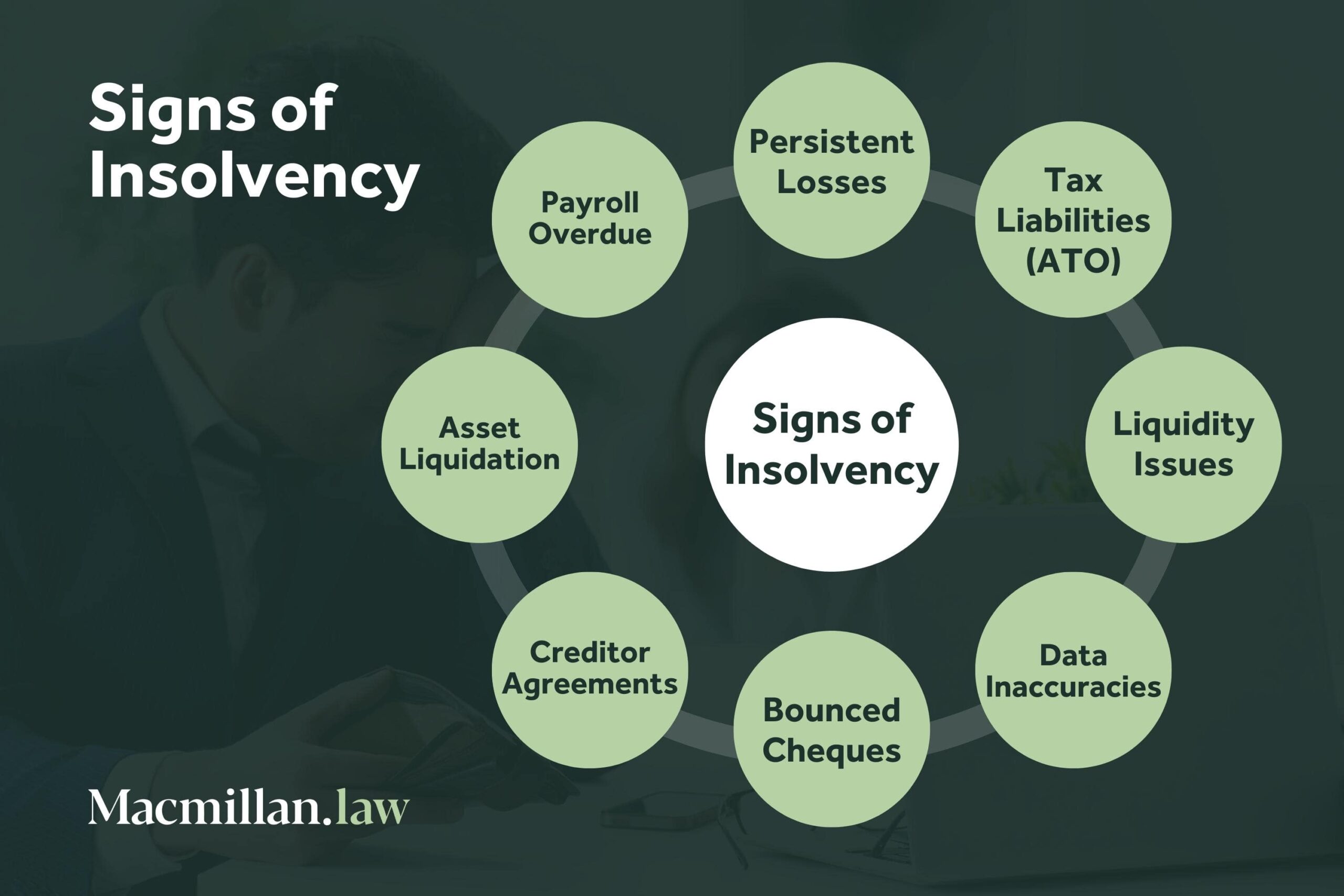Our Insolvency Practitioner Diaries
Wiki Article
The 6-Minute Rule for Insolvency Practitioner
Table of ContentsThe Insolvency Practitioner StatementsSome Ideas on Insolvency Practitioner You Need To KnowAll About Insolvency PractitionerExcitement About Insolvency PractitionerRumored Buzz on Insolvency PractitionerSome Of Insolvency PractitionerAll About Insolvency Practitioner
Insolvency is when liabilities are higher than the worth of the business, or when a borrower can not pay the financial debts they owe. A business can come to be insolvent due to a number of circumstances that bring about bad capital. When faced with bankruptcy, a company or individual can speak to lenders straight and restructure financial obligations to pay them off.
Business proprietors might contact creditors directly and restructure debts into even more manageable installations. Lenders are normally open to this approach since they desire to be paid back and prevent losses, also if the settlement is on a postponed routine.
The owner develops a proposal detailing how the debt may be reorganized utilizing price reductions or various other plans for assistance. The proposition reveals creditors exactly how business may create adequate cash money circulation for successful procedures while paying its financial obligations. Usually, a forgiven debt may be taken into consideration income by the Irs (INTERNAL REVENUE SERVICE).
How Insolvency Practitioner can Save You Time, Stress, and Money.
When a service has actually to pay enhanced costs for goods and services, the firm passes along the cost to the consumer. Instead than pay the raised expense, lots of consumers take their service in other places so they can pay much less for a service or product. Shedding customers leads to shedding revenue for paying the business's financial institutions.Business may finish up paying huge quantities of cash in damages and be not able to continue procedures. When operations cease, so does the company's income. Lack of revenue results in overdue costs and financial institutions asking for money owed to them. Some companies end up being financially troubled because their products or solutions do not evolve to fit customers' altering needs.
Insolvency Practitioner Fundamentals Explained
Expenditures go beyond profits and expenses stay unpaid. Cash-flow insolvency takes place when a company has the possessions to cover their financial debts but they are in the incorrect form, such as actual estate rather of fluid funds. Balance-sheet insolvency, on the various other hand, shows a lack of assets in any type of type to cover financial debts.The internal revenue service states that a person is bankrupt when the complete responsibilities go beyond complete properties. Insolvency Practitioner. A insolvency, on the other hand, is a real court order that depicts just how a financially troubled individual or organization will pay off their lenders, or how they will certainly market their assets in order to make the settlements
Some Of Insolvency Practitioner
If that situation expands longer than expected, it can bring about insolvency. When a business or person is financially troubled, they can not fulfill their financial responsibilities. Solvency is when you have enough funds to cover the repayments you owe. A business is considered solvent when they have a lot more properties than liabilities.
Recognizing the elements that can bring about insolvency, such as overspending, can help you stop insolvency and its repercussions.
Our Insolvency Practitioner Ideas
It is popular that directors and officers of firms (and managers of restricted responsibility firms) owe fiduciary obligations to their companies and their investors (or members). These fiduciary commitments are specified by state statutes and, though there are variations from one state to another, they commonly consist of a task of loyalty and a task of treatment.The duty of treatment requires directors and officers to work out diligence, to make informed choices, and to act in good belief to make sure that their actions remain in the very best interest of the business. Past the range of this conversation, some states permit these duties to be limited either by so keeping in mind in the organizational records or conforming with other needs.
The Insolvency Practitioner Ideas

Beware concerning providing investors advantageous treatment at the expenditure of lenders (e.g., licensing and moneying a returns or a supply redemption). Be cautious regarding special therapy in between courses of shareholders. Clear up initiatives to find out all the truths before taking a specific strategy; supervisors need to genuinely believe that any kind of choices made remain in the most effective passions of the company in its whole (i.e., choices will be evaluated in hindsight in light of the result of such activities on the company).
In any type of insolvency or bankruptcy proceeding, settlements made to specific lenders at the expense of various other lenders can be clawed back, particularly if there is some link in between the company and the lender. Take into consideration proposing at a yearly shareholder conference (or any kind of other meeting of shareholders) a resolution affirming that all prior service choices and activities taken by the supervisors and officers of the company were taken in good faith after an exercise of affordable care.
All About Insolvency Practitioner
Fully reveal any kind of personal or business relationships with events beyond of deals entailing the corporation to prevent the appearance of a problem of interest. In assessing prospective fund find more info increasing purchases or a sale of assets of the distressed company, be mindful that these transactions might be scrutinized later taking into account any kind of subsequent growth of supervisors' fiduciary tasks to include financial institutions.Report this wiki page